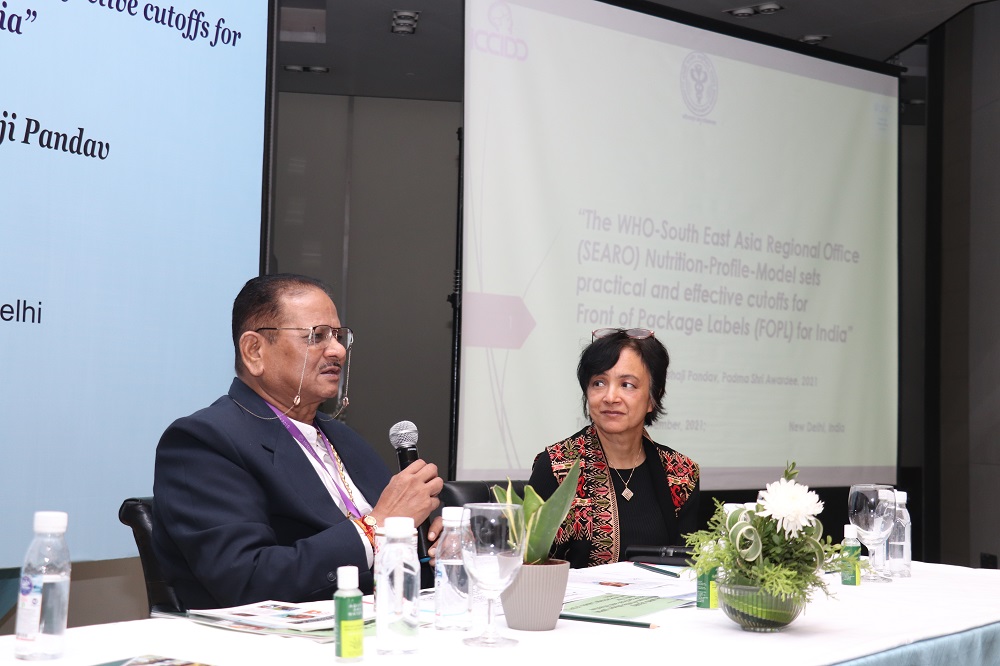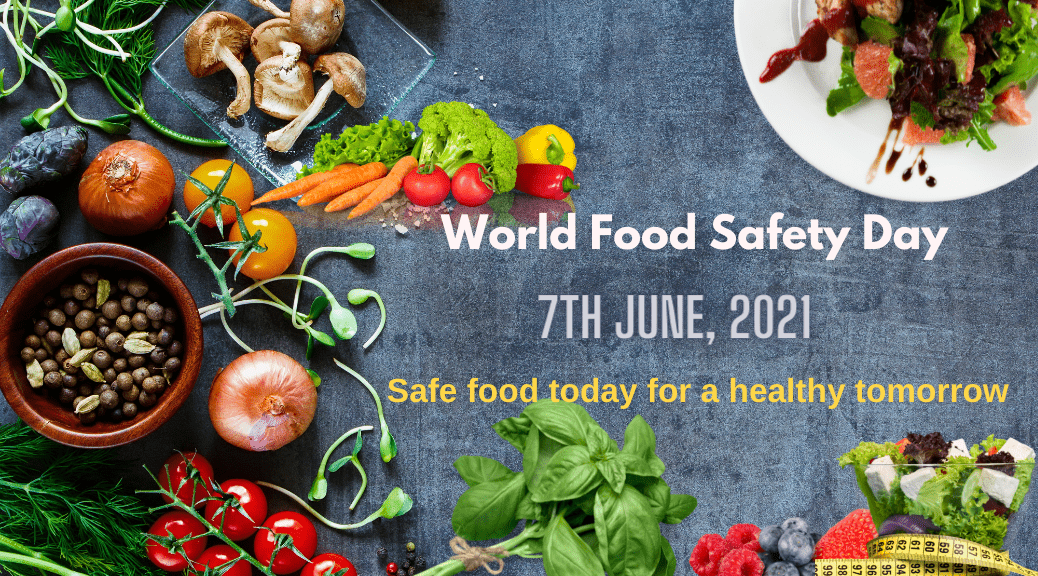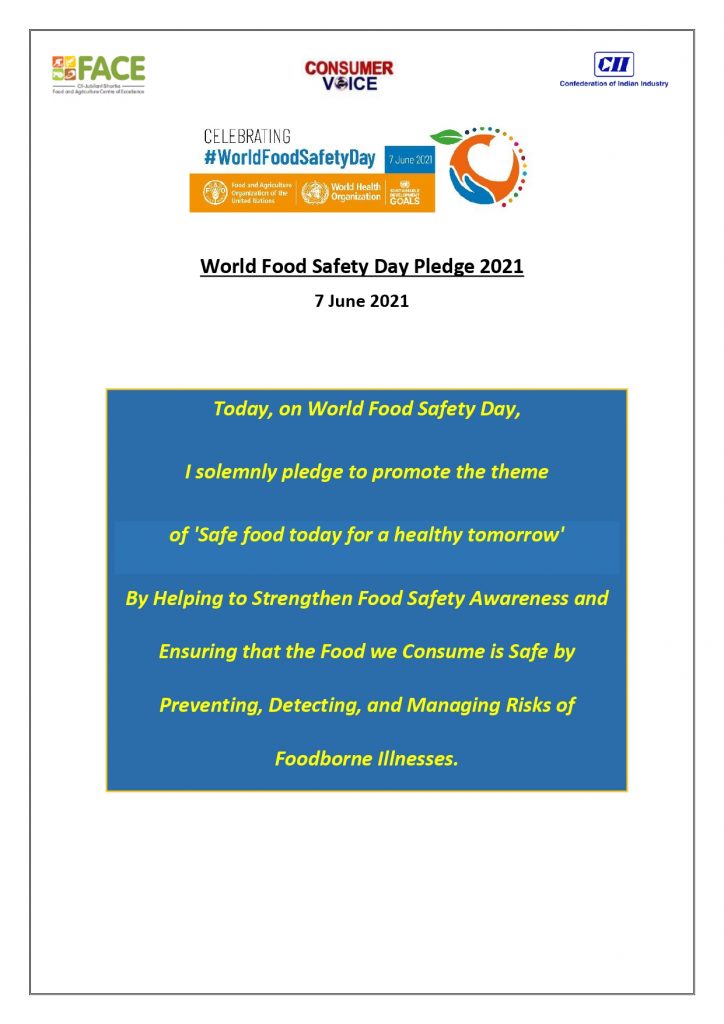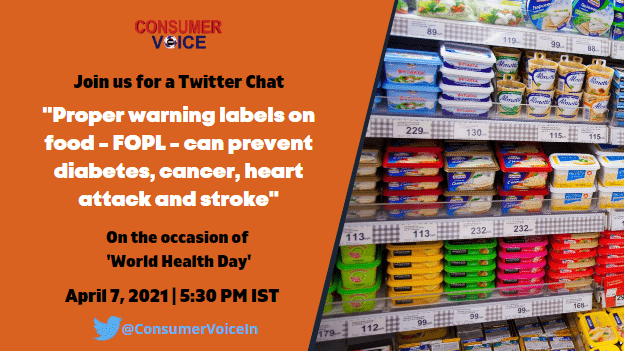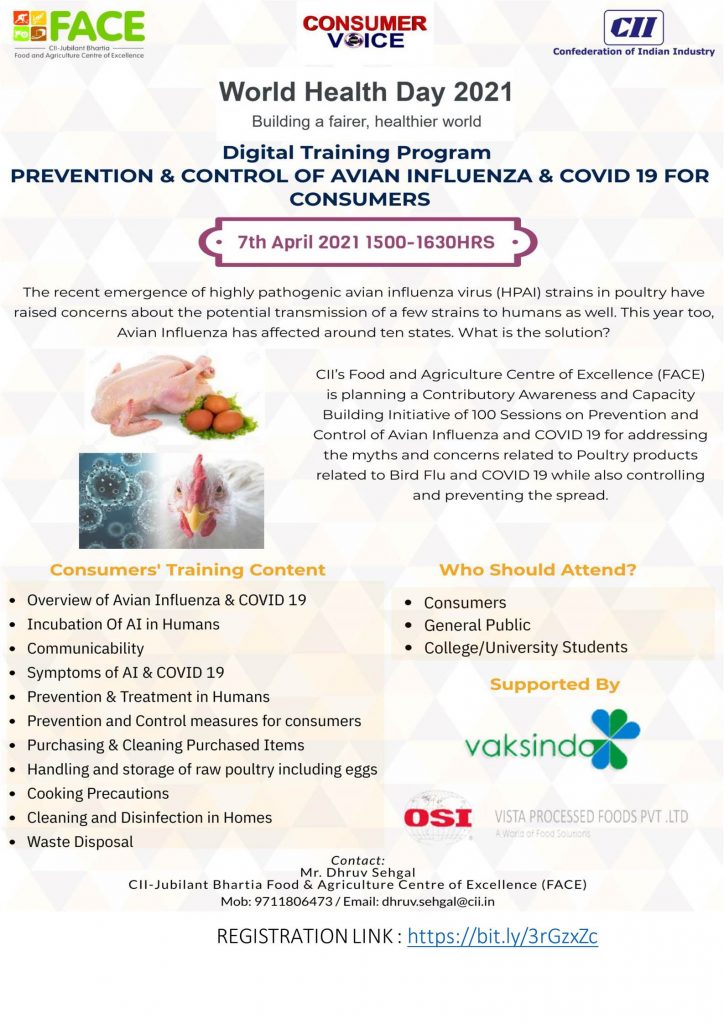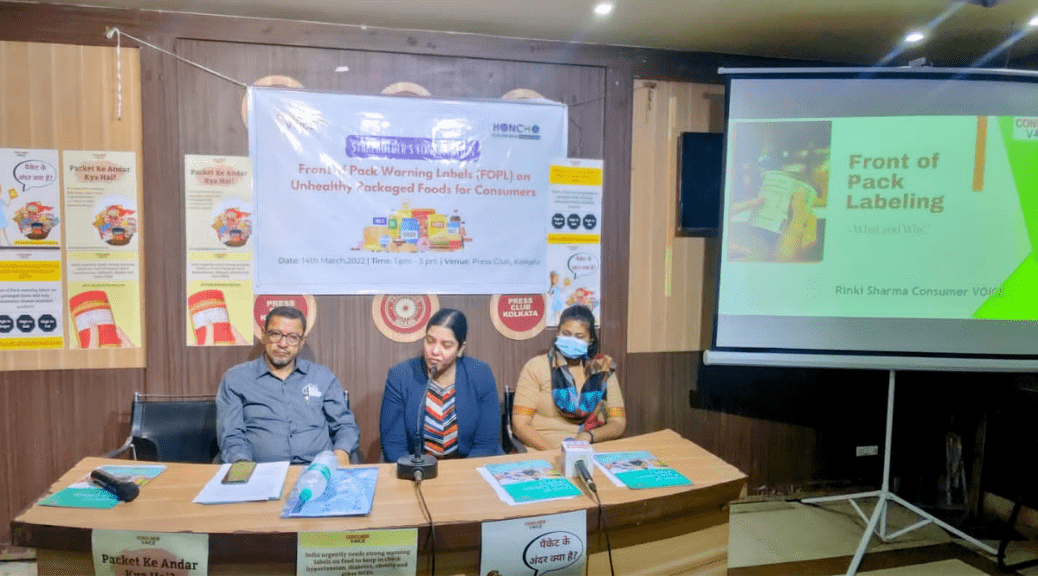
Stakeholders consultation on ‘Front of Pack Warning Labels (FOPL) on Unhealthy Packaged Foods in Kolkata
Stakeholders consultation on ‘Front of Pack Warning Labels (FOPL) on Unhealthy Packaged Foods in Kolkata
In Kolkata, West Bengal Consumer VOICE in association with Honcho Tech organized the event in Press Club, Kolkata, West Bengal on 14th March, 2022.
Inaugurating the workshop, Indranil Dasgupta, Director – Social Initiatives of Honcho Tech For Good Foundation said, “Consumption of ultra-processed foods and packaged foods is in the rise in West Bengal and irrespective of the socio economic background, it is putting the lives of our children and youth at peril. We can improve the situation by letting the consumers make the right choice with a simple warning label on the front of food packets for unhealthy foods. A front of pack warning label on packaged foods will help consumers identify the products that are high in salt, sugar and fat. FSSAI needs to accept WHO advisory standards set for India for limiting the Nutritional Profiles. Also, in FOPL they have proposed HSR label design which star ratings formula which consumers can never understand. As consumer organization, working at the grass root level we need to emphasize that a simple Warning Label symbol is always better for consumer understanding.“
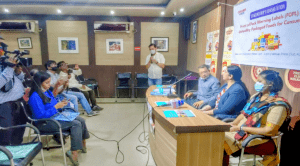
While sensitizing the consumers with a presentation on FOPL and its importance, Rinki Sharma, Project Head of Consumer VOICE, said that “Amidst the rising concerns over obesity and other non-communicable diseases ailments in our country, it becomes imperative for consumers to be a stakeholder in deciding what to eat and what is to be avoided. Front-of-Pack warning labelling represents a key component of a comprehensive strategy to promote healthier lives. It enables consumers to identify in a quick, clear and effective way, products high in salt, sugar and fats”

Dr. Saibal Banerjee, while emphasizing on the harmful effects of packaged foods and rise in NCD burden in the state and in India, stresses diets high in salt, sugar and fats is a major risk factor for these chronic and difficult to treat ailments. “This has to be approached scientifically and the best model to be adopted for a country like India is the WHO SEARO nutrition profile model which have detailed specification about how much salt, sugar and fats are allowed in each type of food item. It is a globally agreed model and we would do well to just adopt it and make a tangible impact on health outcomes.”
The event was well attended by consumer activists, youth, parents, doctors, health and nutrition experts besides media. It was well covered by both print and electronic media.
Kolkata | Rajkot | Chandigarh | Shimla | Bhopal | Guwahati | Lucknow
Coverage News
⇨ उपभोक्ता की आवाज पैक किए गए खाद्य पदार्थों के लिए पैक लेबलिंग के सामने हितधारकों परामर्श
March 14, 2022 | Paribartan News Channel
⇨ হোনচো টেক ফর গুড ফাউন্ডেশন ,কলকাতা প্রেসক্লাবে একটি সাংবাদিক সম্মেলন করেন, দুপুর একটা থেকে তিনটে পর্যন্ত
March 15, 2022 |Dainik Duronto Bangla
হোনচো টেক ফর গুড ফাউন্ডেশন ,কলকাতা প্রেসক্লাবে একটি সাংবাদিক সম্মেলন করেন, দুপুর একটা থেকে তিনটে পর্যন্ত, এই সম্মেলনের আয়োজন করেন দিরেক্টর সোশ্যাল ইনিশিয়েটিভ ইন্দ্রনিল দাস গুপ্ত, তিনি বলেন পশ্চিমবঙ্গ অতি প্রক্রিয়াজাত খাবার ... read more



